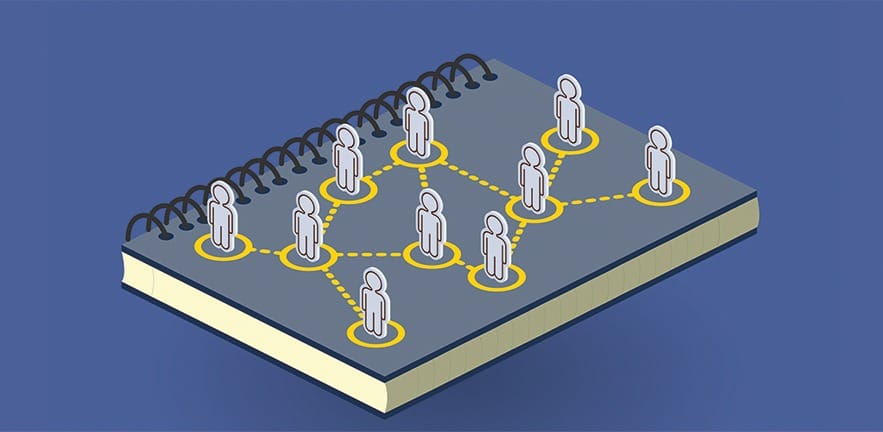If you really want to change the world, this is how to do it, one play at a time.
 Picture this: a campaign group has identified a harmful chemical, and wants to campaign for its removal from consumer products. But what action should it take?
Picture this: a campaign group has identified a harmful chemical, and wants to campaign for its removal from consumer products. But what action should it take?
Should it target the industry directly and try to persuade firms to phase the substance out? Or is it better to lobby the regulatory body that has power over the industry? Scarce resources mean it can’t do everything, so what is most likely to work?

The answer depends on a number of variables, according to Feryal Erhun, Reader in Operations Management at Cambridge Judge Business School. In 2011, she co-authored “The NGO’s dilemma: how to influence firms to replace a potentially hazardous substance”. Her research uses the concepts of game theory to model the situation, examining the choices that the NGO could take and suggesting the probable outcome of each.
The model uses market structure (whether or not there is a single firm that dominates the sector) and the cost to the industry of replacing the suspect substance as the key variable. It also considers the differing circumstances of a “pragmatic” NGO that is willing to work closely with firms (and will thus take into account the costs that they are likely to incur in removing the chemical) and those of an “antagonistic” NGO that is keen to maintain an arms-length relationship with the industry. The results that the model delivers are complex and sometimes counterintuitive.
Erhun stresses that the paper is meant to offer high-level insights that could help to illuminate the NGO decision-making process and create further dialogue on the subject. She says: “I think the beauty of the paper is that it brings a different approach into an industry that has not often been considered carefully in operations-management literature.”
“Non-profits are not any less strategic than for-profits – they have goals and objectives, though these goals and objectives may be more difficult to identify. Understanding their strategic behaviour and how they should react to different designs and incentives is a good first step to improving the efficiency of the system.”
Crucially, game theory deals with the possible actions of the other “players” in a scenario – in this case, the companies and regulator as well as the NGO itself. Two pioneers in the field, Martin Osborne and Ariel Rubinstein, defined it as “a bag of analytical tools designed to help us understand the phenomena that we observe when decision-makers interact” – an encapsulation that Erhun thinks is right.
“In more traditional frameworks, we don’t try to incorporate the other players’ reactions,” she says. “But game theory is all about that interaction: we’re always factoring in how others are going to react to our own decisions.”
Feryal Erhun joined Cambridge Judge Business School in 2015, having previously been a faculty member at Stanford University’s Department of Management Science and Engineering, an instructor at the Department of Medicine and a Fellow of its Clinical Excellence Research Centre. Her interest in game theory stretches back more than a decade; she believes it has great potential for business.
“The history of game theory in our area is quite new,” she says. “The field itself is old, but its application in operations management is a more recent development; and now, with globalisation and things like outsourcing, it’s gaining traction. Look at how supply chains have become more complex over the past 20, 25 years. You can no longer ignore strategic interactions between players, such as different suppliers.”
Traditionally, game theory works with two assumptions: that every player is rational and acting in self-interest to maximise his or her payoff; and that each player is always reasoning strategically, considering the potential responses of the others. The first of these notions brings particular challenges when the methodology is applied in the sphere of NGOs and other non-profit organisations, Erhun believes.
With for-profit corporations, self-interest can be identified fairly uncontroversially as maximising returns. “However, non-profits are more difficult to study from an operations-management perspective,” she says. “It’s not just because agents perhaps may not behave fully rationally because they have more of an emotive attachment to their goals. They may also have multiple or even conflicting objectives, and these must be taken into account.”
Despite this, she predicts that research such as “The NGO’s dilemma” could one day help to develop decision-making aids for NGOs as they seek more efficient ways to manage such activities as grant-making.
“If you’re a body like the Gates Foundation, how should you decide your fund allocation?” she says. “You need a system that can place your funds efficiently; but if you’re giving many small grants of £5,000, you don’t necessarily want to spend too much time researching every aspect of what will be delivered.
“That’s the balance that needs to be struck from the funding agency’s perspective. We could assist by providing decision-support tools that allow them to make their choices more effectively, and that could help them to avoid biases or decision traps.”

